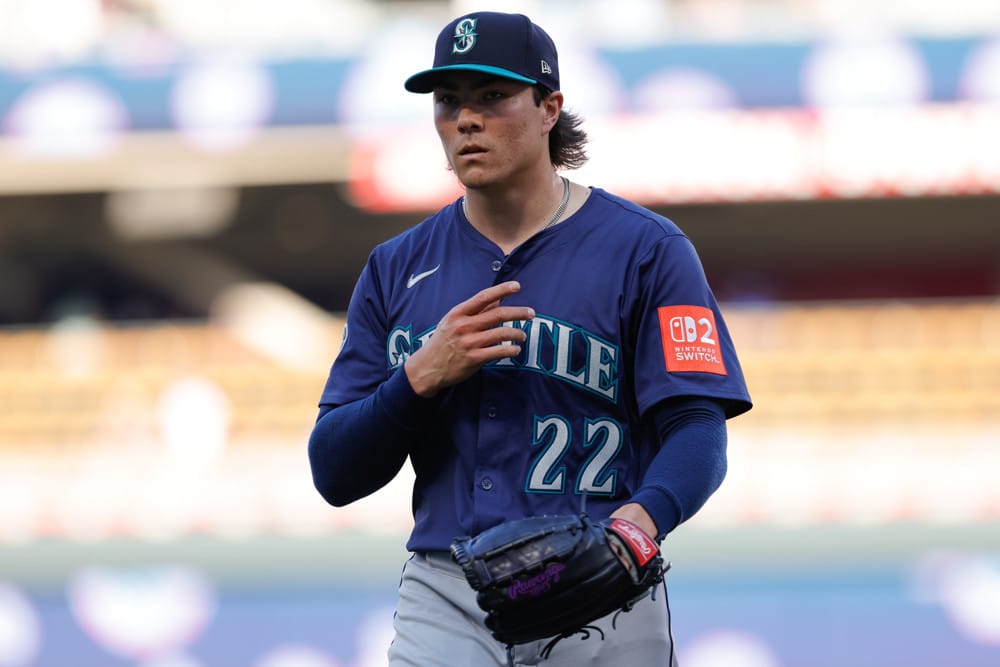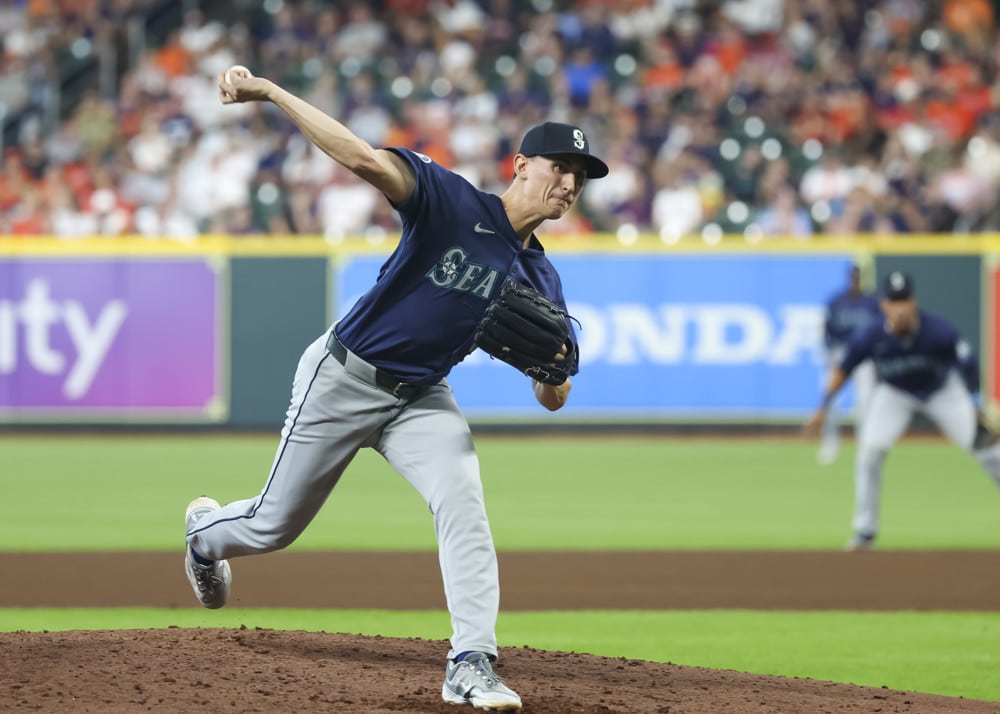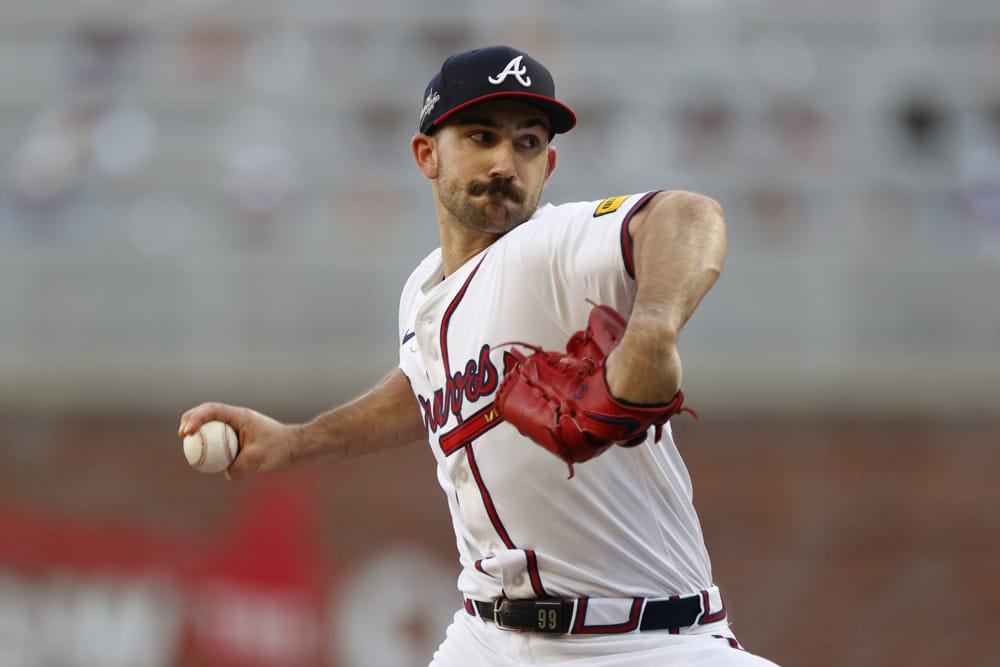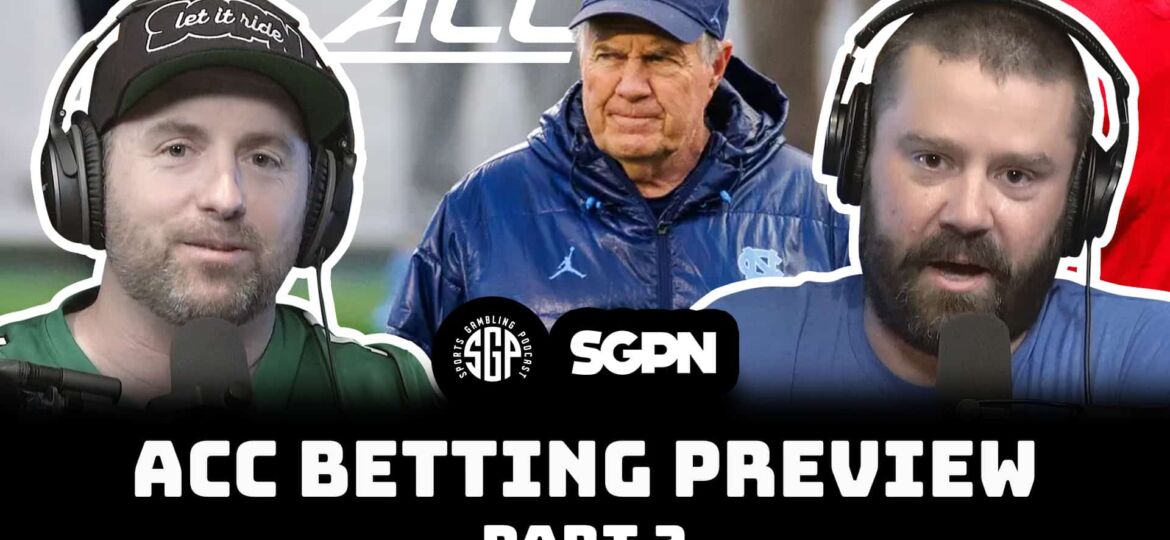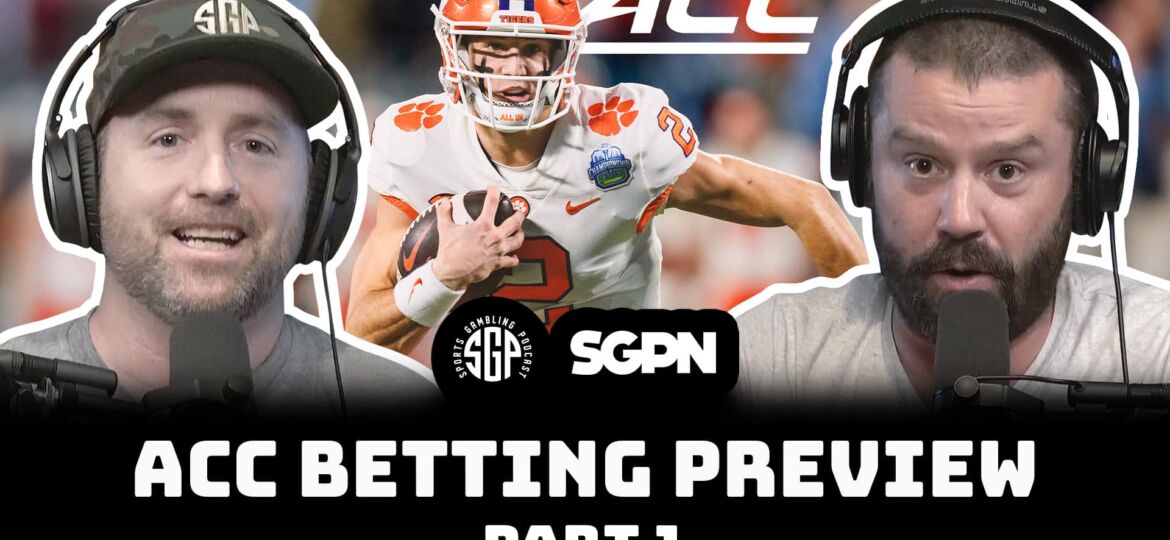Words honestly cannot describe my level of excitement for this MLB Opening Weekend, let alone for the entire Major League Baseball regular season that lies unpaved ahead of us. Because not only does America’s favorite pastime officially get rocking for the first of 2019, but so does one of the greatest forms of Daily Fantasy Sports out there: MLB DFS! If you’re a seasoned veteran of the MLB daily fantasy lobby-fronts for any number of the slates offered, you almost assuredly know that my excitement is justified.
But for those of you who may not have stepped up to the plate quite yet when it comes to MLB DFS (sorry for the awful pun), I’d love to add incentive to join in the fun! By providing a brief breakdown of some basic elements to hold in the forefront of your roster construction wherewithal, I hope to magnify some initial guidelines and ideals to instill confidence when attempting your MLB DFS lineups for the first time this season, along with some things to anticipate for throughout the daily grind of the foreseeable future.
Basic Scoring & Relevant Stats
One thing that I constantly find myself preaching to myself and others is to always be aware of the pond you’re treading water in (and in a rather flexible context in gambling, and in life). And in this specific instance, it’s to always be cognizant of the differences in scoring formats between the host sites you play on (DraftKings, FanDuel, Yahoo, FantasyDraft, etc). It’s quite easy to get lost in the minutiae of multi-site participation, with scoring categories being awarded different shares of points depending on the site you’re playing on.
While the differences to list are so staggered that they would require an entire article to themselves, I can tell you that examples range from Pitchers being negatively impacted by Hits Against on DraftKings, whereas a Win for Pitchers gathers a whopping six points on FanDuel (instead of four on DK), as well as a separately awarded four points for a Quality Start on FanDuel (and none awarded on DK). With that being said, I simply advise you to pull up the Scoring tab on whichever site you’re playing on (featured on the same page you’re setting your lineups) and double-check what’s exactly in play. The differences are various, so brushing up every so often is worth your time.
Basic offensive categories consist of: Singles, Doubles, Triples, Home Runs, RBIs, Runs, Walks, Stolen Bases, Caught Stealing*, Hit By Pitch*
Basic pitching categories consist of: Win, Earned Run Allowed, Strikeout, Inning Pitched, Hit Against*, Base on Balls Against*, Hit Batsman*, Complete Game*, Complete Game Shut Out*, No Hitter*, Quality Start*
(* indicates a feature on select sites)
As for stats to be considering when constructing your rosters, one of the beauties of MLB DFS is that there is quite literally a slew of statistical categories that you can sink your teeth into and experiment with to implement strategies around. 162 games provides a very large sample size for each of these categories, and you can diversify by placing heavier weight on some than others. But the ones I prefer to farm around from a general roster construction perspective would be:
Batters:
- OBP: On Base %. A general measurement of production at the plate.
- ISO: Isolated Power %. A power measurement that divides extra bases by at-bats. Everything to do with this stat means fantasy points.
- BABIP: Batting Average on Balls In Play. A measurement the gauges how often a ball in play results in a hit. While some suggest it’s a measure of a player’s “luck” after they put a ball into play, others would argue it’s a determining factor of a player’s extra effort after a ball is in play.
- wOBA: Weighed On-Base Average. A compound overall measure of a player’s offensive value. Being how comprehensive it is by combining a weight of power and on-base average, it’s a coveted sabermetric.
Pitchers:
- SO: Strikeout %. One important general measurement of production on the mound.
- WHIP: Walks + Hits Divided by Innings Pitched. Another important stat that correlates with fantasy points.
- xFIP: Expected Fielding Independent Pitching. Basically an overall value measurement very similar to that of wOBA, except for pitchers.
Team Stacking & Game Stacking
Another amazing aspect of the versatility to success in MLB DFS is the fact that it’s so hard to project offensive productivity, that rostering who you would consider to be sure things could all land you a dud of an overall score. This makes trying to string together as much correlative branches when projecting productivity at the plate SO MUCH FUN and quite possibly my favorite thing about winning at MLB DFS.
While I will be touching on this important ideal far much more in-depth in my next article, essentially your goal is to sort of anticipate at-bats and productivity flow in a team’s batting rotation, by further team stacking these players together in hopes that they are able to bring each other to home plate as many times as possible, and in as many offensively opportunistic ways possible (ie: incorporating stolen bases, etc). Better yet, you can also multiply on that very same idea by chasing park productivity and high over/unders to string together a game stack by incorporating the other team’s rotation as well and where you think this game will blow the numbers out of the park. The sky is the limit when it comes to the gargantuan productivity you can generate out of webbing together the most impossibly formidable three, four, or even five players (select sites) from the same batting rotation on your roster. Ideally you’ll want to be chasing those high over/unders from Vegas as a start, as well as players sharing favorable conditions in our next topic.
Park Locations and Weather Conditions
Another very crucial cornerstone to consider throughout your daily process in setting lineups are the ever-changing weather conditions featured across all of the parks on a day’s set of slates. While the Late Swap feature is now featured on multiple sites to protect you [in some regard] from postponements, there’s no switching out players in the middle of a game that gets rained out one inning into action. My suggestion is to follow reliable sources on Twitter throughout the day (there are several) to remain updated on the status of these locations in question, along with how poor their surrounding conditions may be even if they do choose to play a full game.
Aside from the elemental side of this attention, you’ll always want to keep in mind parks that favor batters and pitchers respectively. An example such as Coors Field in Colorado is notorious to be a batter’s heaven and a pitcher’s worst nightmare. Some examples favor individuals, or rather their stats tend to tell the story of doing so depending on the location. Home/Away splits for pitchers would be one of several places to start with this concept. Other factors that come into play here would be air density (like in Coors Field) and humidity which promote ball trajectory, and in turn favors batters in this given scenario.
Ownership and Contrarianism
Finally, a touch of pivoting is always necessary when trying to differentiate from the public to gain an edge (much like I have discussed with Daily Fantasy Basketball). However in daily fantasy baseball, finding comparable pivots is so much more achievable without dragging a majority of the public along with you onto it, which makes for some really profitable victories should you happen to zig on the right day that everyone zags (or a majority anyhow).
Trying to project or predict public ownership on players is rather difficult when footing it solo but often even paid ownership projections can be staggeringly flawed, especially with baseball due to the unpredictability. I’ve found that your best bet here is to consistently keep your ear to the ground by tracking the public feed on social media (most notably Twitter), as well as other DFS discussion forums, to see the sway in the sentiments throughout the day leading up until first pitch (much like you would with weather conditions). Also to consider, try to target against players who are in spots too good to be true and seem to be popular in the public feed regarding daily fantasy. Doing this tends to have a lofty payout should you pick the spot properly.
If you stick to these basic tactics and principles as we embrace the beginning fireworks of this much-anticipated MLB season, 2019 Opening Weekend should be a fun [and hopefully profitable] one for us all, as we proceed to sculpt and fine-tune our process for the whole rest of this 162-game-fresh year of baseball. Join us in our new Slack Channel for all the up-to-the-minute discussion and sports banter.




